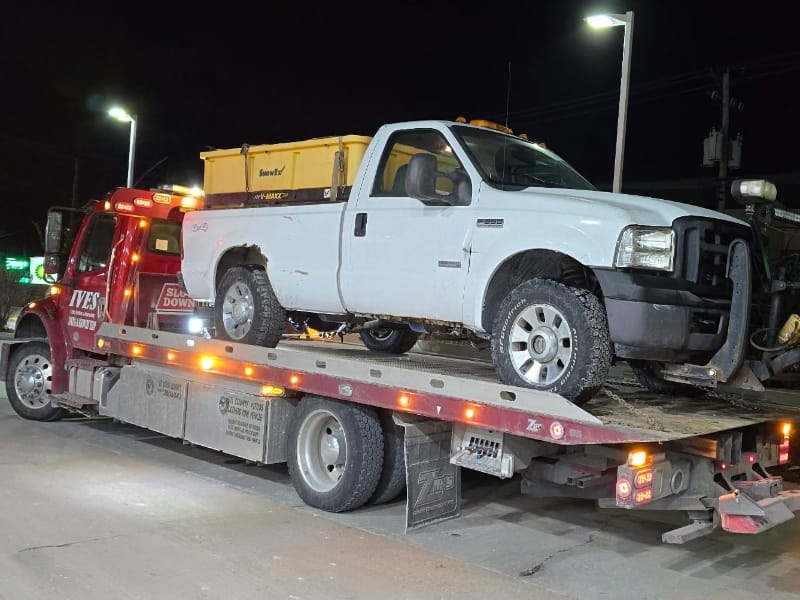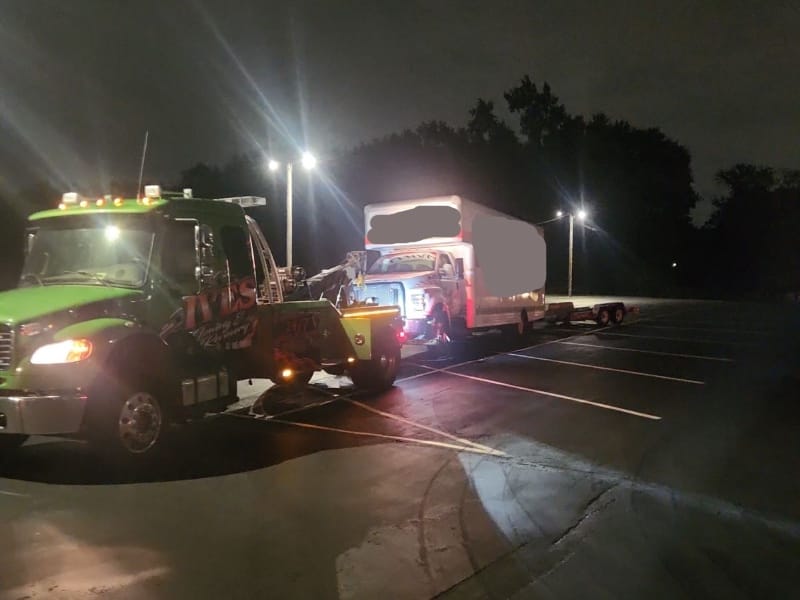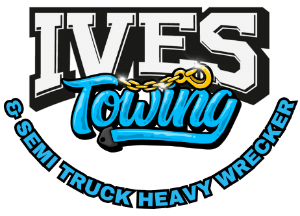The Unique Challenge of Night Calls
Breakdowns don’t wait for daylight. They happen on the late drive home, during an overnight haul, or in the quiet hours when most of the world is asleep. When we answer I-55 emergency towing calls at night, we know the challenges are amplified: reduced visibility, unpredictable traffic, and fatigue all change the way we work. Every move requires more caution, every signal light matters, and every decision has to account for the extra risks of the dark. We’ve learned that nighttime recoveries test not just our skill but also our patience and awareness. The road doesn’t forgive mistakes at night, which is why we approach these calls with absolute focus.

Limited Visibility Changes Every Step
The difference between daylight and night is like comparing a well-lit worksite to a blackout. Even the most familiar stretches of highway take on a different personality after dark. A puddle of coolant, a sharp piece of debris, or the outline of a disabled vehicle blends into the shadows.
When we arrive on scene at night, we make visibility our first priority. We set up high-powered lighting, wear reflective gear, and position our trucks so they shield the breakdown site. We also double-check every hook-up and securement because at night, one missed detail can lead to a bigger problem. Darkness slows us down, but it also forces us to stay sharper.
Night Traffic Brings New Hazards
You might think fewer cars means less danger, but the night traffic tells a different story. The vehicles we see after midnight are often the ones in a hurry: truckers racing the clock, drivers pushing past their limits, or impaired motorists who don’t belong behind the wheel. That unpredictability keeps us on edge.
To counter it, we set up cones, flares, and flashing lights long before the work zone. We position trucks to act as barriers, and we keep constant communication on scene. Night towing is as much about recovering a vehicle, as it is about controlling a space where the risks are multiplied.
Weather Makes the Job Even Harder
Add weather into the mix and the difficulty spikes. Fog rolling across the interstate, rain that turns blacktop into glass, or ice patches that hide until you’re on top of them: nighttime magnifies every challenge. We’ve handled I-55 emergency towing calls in the middle of heavy storms where visibility was down to a few feet. In those moments, the work demands patience and steady hands.
We don’t rush. We stage our equipment carefully, trust our training, and adapt to the conditions. Weather may stack the odds against us, but it never keeps us from getting the job done.
How We Handle the Pressure
Towing at night is as much about mindset as mechanics. Each call is unpredictable, but we’ve built habits that keep us ready:
- Using lighting gear that turns darkness into a workable space.
- Wearing reflective clothing so passing drivers see us first.
- Double-checking every hook-up before moving a vehicle.
- Positioning our trucks to block traffic and shield the team.
- Keeping communication open at all times during a recovery.
These steps turn a dangerous scene into a controlled I-55 emergency towing situation. They don’t erase the risks, but they keep us in command of the situation.

Ives Towing: Your Partner for I-55 Emergency Towing
Our I-55 emergency towing team has seen firsthand how night work changes everything. A disabled semi at 3 a.m. isn’t just a breakdown, but a ticking hazard until it’s cleared. At Ives Towing, we’re ready for those calls. We’ve worked through sleepless nights, stormy shoulders, and long stretches of I-55 when the only light came from our rig.
Our experience has taught us that I-55 emergency towing at night demands more awareness, more preparation, and more teamwork than any daytime call. And that’s exactly what we bring to the roadside every time.
When you’re stranded in the dark, you don’t need to wonder who to call. We’re awake, we’re on the road, and we’re ready to handle your I-55 emergency towing job.
